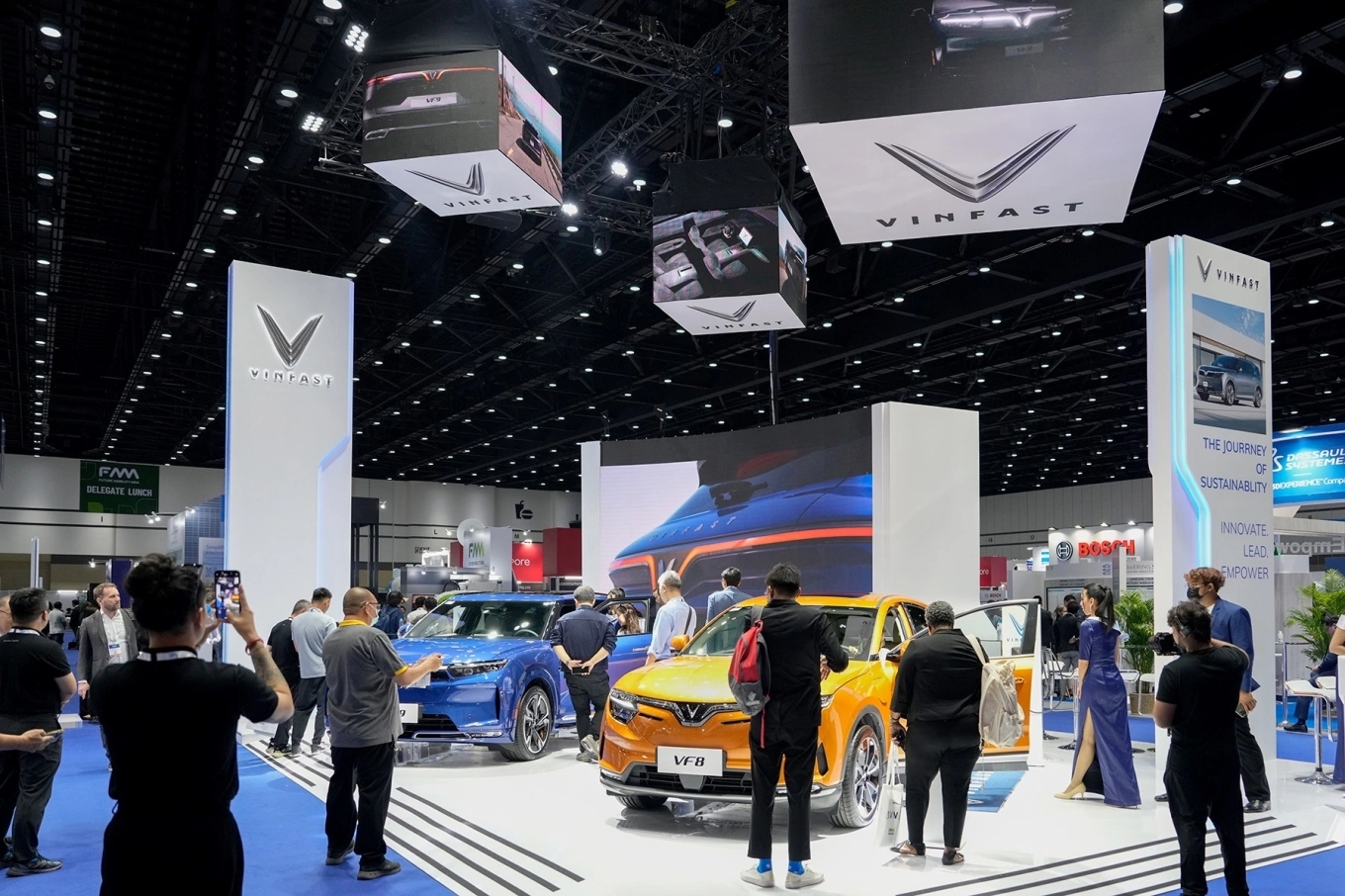
An overview of Vietnam’s Electric Vehicle Market: Explosive growth and bountiful potential
In a global context rapidly shifting towards an era of green transportation, Vietnam’s electric vehicle (EV) market is emerging as an impressive bright spot. This rise is the result of a convergence of strategic government policies, strong momentum from pioneering businesses, and a clear change in consumer awareness. With a growth rate ranked as the fastest in Southeast Asia and second globally for electric cars , Vietnam is affirming its position not only as a potential consumer market but also as a crucial link in the global EV supply chain.
Accelerating growth of electric vehicle
Vietnam’s EV market is witnessing explosive growth, as evidenced by its outstanding figures in recent years. This development is impressive not only in the car segment but also in the electric motorbike segment, a strong point for Vietnam’s two-wheeler market.
According to a BloombergNEF report, Vietnam has become one of the fastest-growing emerging electric vehicle markets in Southeast Asia over the past three years. This growth rate even places Vietnam second globally, only behind Brazil. The number of electric cars sold in Vietnam has increased more than tenfold from 2022 to 2025, from under 10,000 units to a projected over 100,000 units. In 2024, electric and hybrid vehicles accounted for up to 22% of total new car sales.

For electric motorbikes, in the first half of 2025, the Vietnamese market consumed approximately 209,000 new electric motorbikes, an increase of nearly double compared to the same period in 2024. This figure places Vietnam in third place globally for electric motorbike consumption, just behind the two massive markets of China and India. International organizations also offer very optimistic forecasts for the development prospects of Vietnam’s electric vehicle market.
The ‘Green’ drivers of the race
The explosive growth of Vietnam’s electric vehicle market is not coincidental. It is driven by a strong and coordinated combination of macroeconomic and microeconomic factors.
Policy and Business Levers
One of the most important drivers is the strong support policies from the Vietnamese Government. Since March 2022, the government has applied a policy of a complete 5-year waiver of registration fees for battery-electric cars. Additionally, special consumption tax has been sharply reduced from 15% to 3%, applicable until February 28, 2027. This significant reduction in initial costs has addressed one of the biggest barriers for consumers, encouraging them to switch to green vehicles.
In addition to macroeconomic policies, the role of businesses, especially domestic automakers, is crucial. VinFast is a prime example, accounting for a huge proportion of total EV sales in Vietnam, with sales of over 97,000 vehicles in 2024. VinFast is not just a manufacturer but also a pioneer in building a comprehensive ecosystem, from a diverse range of products to a charging network and public mobility services like Green SM.

A Shift in Consumer Awareness and Behavior
The green race would not be successful without a response from consumers. Thanks to support policies and business efforts, the public’s awareness of the environmental and economic benefits of EVs has changed rapidly. This shift is clearly demonstrated by the fact that electric and hybrid vehicles account for a large proportion of total new car sales, a rare rate in developing economies.
Challenges and Solutions: Overcoming Obstacles for Sustainable Growth
Despite impressive growth, Vietnam’s EV market still faces some major challenges that need to be addressed to sustain development.
The biggest obstacle to EV adoption in Vietnam is the charging infrastructure. The lack of clear planning, especially in central areas like Ho Chi Minh City, has led to a scarcity of public charging points. “Range anxiety” remains a significant psychological barrier for consumers. In addition, the EV market boom also poses two other major challenges: the stability of the national power grid and the issue of managing battery waste.
To overcome these challenges, the Vietnamese Government has set specific and ambitious goals for 2030, aiming for carbon neutrality by 2050. The new directives emphasize the need to develop a synchronous, smart, and nationwide charging station system. Key goals include building at least 150,000 public charging stations and ensuring 100% of new urban areas have charging points.

A Strategic Vision for Vietnam’s EV Industry
The growth of Vietnam’s EV market in recent years is clear evidence of the effectiveness of combining macroeconomic policy with private sector efforts. Preferential policies have created a solid foundation to stimulate demand, while the pioneering of domestic businesses has led and shaped the market.
However, to turn potential into reality and maintain a leading position, Vietnam must thoroughly address challenges related to charging infrastructure, power grid stability, and battery waste management. Success in overcoming these challenges will open a new era for the automotive and motorbike industries, contributing to the goal of sustainable development and environmental protection.




Leave a Reply